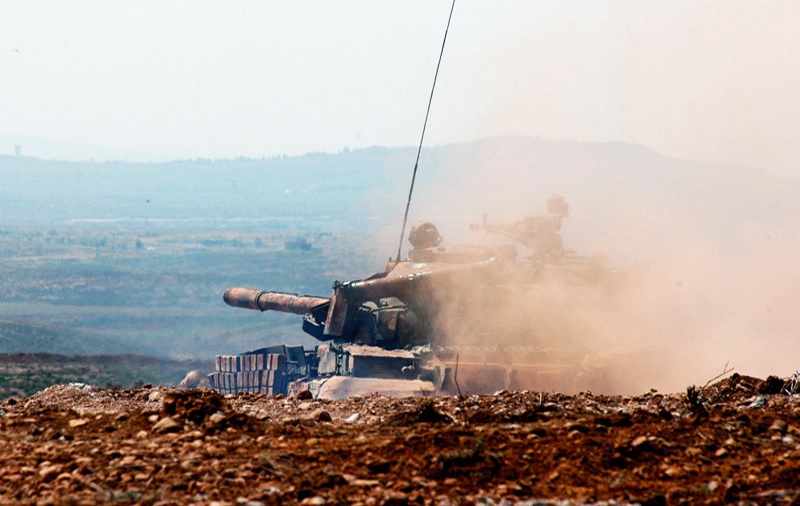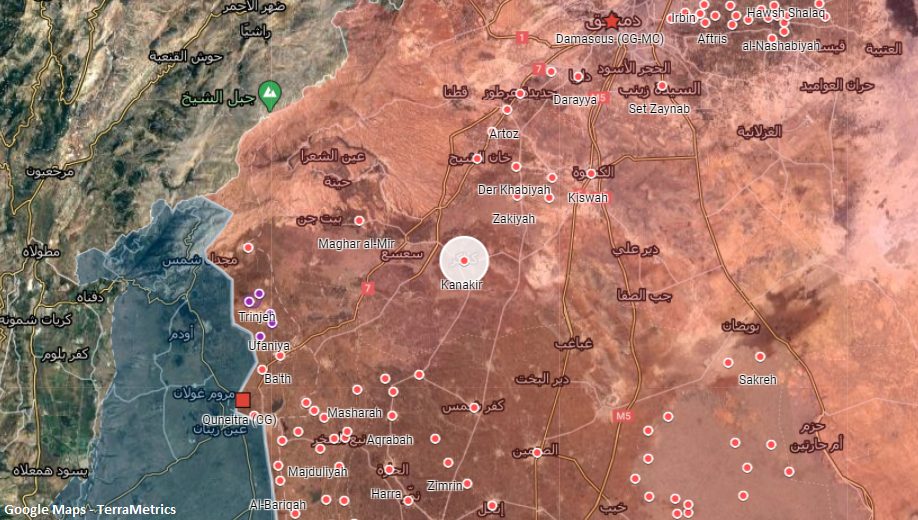The Syrian Arab Army (SAA) is reportedly preparing to storm the town of Kanakir, where hundreds of militants are taking shelter.
According to a recent report by Sputnik, the town, which is located south of Damascus, is under the de-facto control of 200 militants. The militants are hiding in the western farmlands as well as in civilian neighborhoods near the mosques of al-Rahmah and Omar inside the town.
Over the last few days, the militants, who joined the reconciliation process in 2016, carried out a number of attacks on government buildings and the town’s police center. Syrian service members were also briefly detained.
The militants claimed that their attacks were a response to the arrest of a wanted women from the town. However, there were calls by them on social media to “reignite the revolution” in the region.
On October 1, the SAA deployed large reinforcements, including battle tanks and armored vehicles, in Kanakir’s vicinity. The town has been under siege since the beginning of the militants’ attacks.
Sputnik said the SAA would soon launch a limited operation in the town. The militants will be given the choice of fighting a losing battle or exile.







